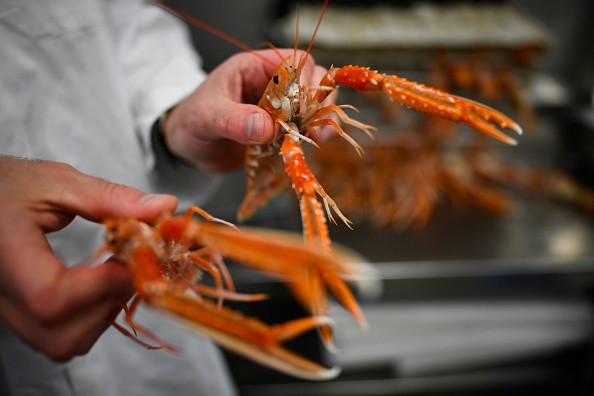The genetics of an iconic Australian seafood species, the Australian black tiger prawn, has been sequenced by researchers, which might lead to larger and more disease-resistant cultivated stock in the future.
Researchers from James Cook University were part of the first effective property to sequence the genomes of an the Australian black tiger prawn.
The enormous black tiger prawn

According to North Queensland Register, Dean Jerry, a JCU professor of aquaculture and research participant, stated that the black tiger prawn is the most important aquaculture sector in northern Australia.
It is a species with enormous promise to address some of the world's food security challenges while also supplying high-quality seafood to Australia, he added.
It is a species that was just recently domesticated for farming purposes.
Prior to this effort, it lacked many of the genetic and genomic resources needed in a selective breeding setting, such as those found in livestock and plant species that have been domesticated and cultivated for thousands of years.
Dr. Kenneth Chan, AGRF Bioinformatics Manager, described the genetic mapping procedure used to reassemble the genome of the black tiger prawn as "diabolically difficult."
Imagining bringing something together 1.9 billion pieces double-sided puzzle with no borders, long replicated intertwining sections, millions of pieces missing, multiple pieces that can fit in the very same place, no photo on the box to guide scientists, and possibly lots of pieces from the other unconnected puzzle, said Dr. Chan.
Scientists also discovered something extremely odd in the way the tiger prawn resisted viral infections, as per ScienceDaily.
Dr. Nick Wade, the Senior Research Scientist at CSIRO, highlighted that the viral components in the genomes that help combat infectious diseases (known as the Endogenous Viral Element) are genuinely unique in the Australian tiger prawn.
Professor Jerry stated that the aquaculture industry, which faces disease obstacles similar to farm animals and plant production, can now use more targeted and selective practices for illness sensitivity, with the genome providing an incredible tool for the industry to increase efficiency and production.
It will enable the industry to select for rapid growth, strong consumer qualities, and, most significantly, disease resistance in the face of changing environmental circumstances, according to Professor Jerry.
Also Read: Millions of Prawns Wash up on Beach in Chile
DNA Sequencing
According to Britannica, DNA sequencing is a technique for determining the nucleotide sequence of DNA (deoxyribonucleic acid).
The genetic material is the most basic level of understanding of a gene or genome. It is the blueprint that holds the instructions for making an organism, and without it, no knowledge of genetic function or evolution would be complete.
The Maxam-Gilbert technique, named after American molecular scientists Allan M. Maxam and Walter Gilbert, and the Sanger method (or dideoxy method), created by English biochemist Frederick Sanger, were among the first-generation sequencing technologies to emerge in the 1970s.
The Sanger method, which became the more widely used of the two approaches, involved synthesizing DNA chains on a template strand, but chain growth was halted when one of four possible dideoxynucleotides, which lack a 3' hydroxyl group, became incorporated, preventing the addition of another nucleotide.
Later, the technology was used with automatic decoding machines, in which shortened DNA molecules tagged with fluorescent tags were sorted by size within tiny glass capillaries and identified by laser excitation.
© 2025 NatureWorldNews.com All rights reserved. Do not reproduce without permission.





